Dinosaurs have captivated human imagination for centuries, yet many aspects of their daily lives remain shrouded in mystery. Among these enigmas is how these magnificent creatures slept. Modern paleontologists and researchers have developed fascinating theories about dinosaur sleep patterns by analyzing fossil evidence, comparing anatomical structures to modern relatives, and applying our understanding of animal physiology. The study of dinosaur sleep cycles represents a fascinating intersection of paleontology, neuroscience, and behavioral ecology that continues to evolve as new discoveries emerge.
The Challenge of Studying Prehistoric Sleep

Studying sleep in extinct animals presents unique challenges that researchers must overcome through indirect methods. Unlike behavioral studies of living creatures, scientists cannot directly observe dinosaurs in their natural sleep state. Instead, paleontologists must rely on fossil evidence, comparative anatomy with living relatives, and theoretical models based on our understanding of modern animal physiology. Fossilized sleeping postures, when discovered, provide rare glimpses into potential resting behaviors. Brain case examinations offer clues about neurological structures that might have regulated sleep. Additionally, understanding the evolutionary relationship between dinosaurs and their modern descendants—birds and crocodilians—creates a framework for making educated inferences about how these prehistoric giants may have cycled between wakefulness and sleep.
Fossil Evidence of Sleeping Positions

Several remarkable fossil discoveries have preserved dinosaurs in what appear to be sleeping positions, providing tangible evidence for paleontologists to analyze. The most famous example is the “sleeping dragon” fossil—a specimen of the small theropod Mei long discovered in China with its head tucked under its limb in a bird-like sleeping posture. Similar fossils of the dinosaur Sinornithoides show the same position, suggesting this sleeping stance was common among certain dinosaur groups. These sleeping postures are remarkably similar to those seen in modern birds, supporting the evolutionary connection between avian species and their dinosaur ancestors. The preservation of these resting positions indicates that some dinosaurs may have adopted specific sleeping postures that optimized body heat conservation and possibly provided some protection from predators or environmental elements.
Reptilian vs. Avian Sleep Patterns

The debate over whether dinosaurs slept more like modern reptiles or birds represents a fundamental question in paleontological sleep research. Modern reptiles, such as crocodilians, typically experience less complex sleep patterns with limited REM (rapid eye movement) sleep compared to birds and mammals. Birds, the direct descendants of theropod dinosaurs, possess more sophisticated sleep mechanisms, including unihemispheric sleep—the ability to rest one brain hemisphere while keeping the other alert. This evolutionary divergence creates a fascinating question: where along this spectrum did various dinosaur species fall? Non-avian theropods, the direct ancestors to birds, likely had more avian-like sleep patterns, while more distant dinosaur relatives may have exhibited more reptilian sleep characteristics. This evolutionary progression suggests that sleep patterns became increasingly complex along the lineage leading to modern birds, with various dinosaur groups representing transitional stages in this development.
The Role of Body Size in Sleep Requirements
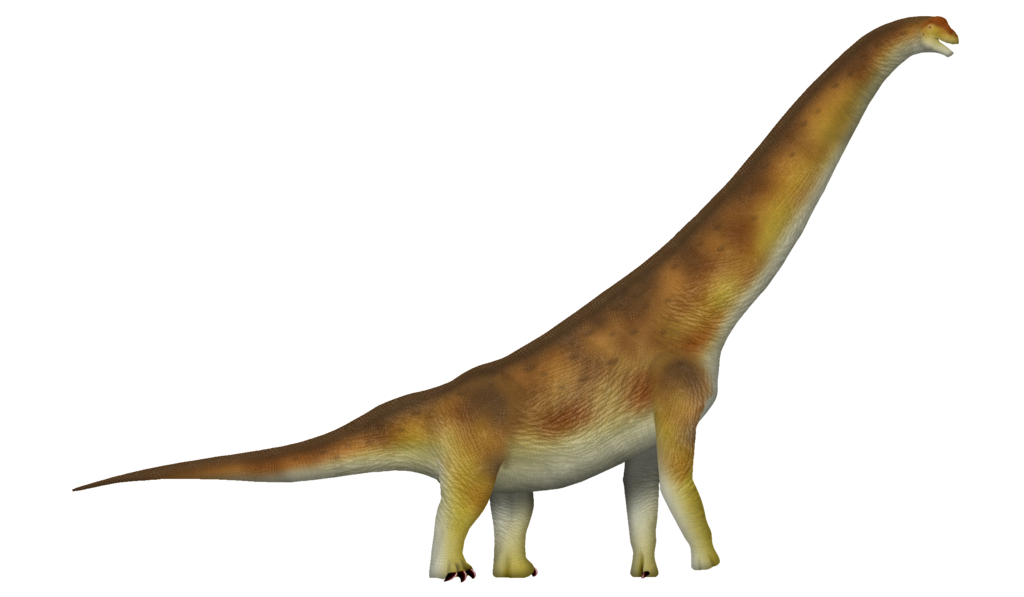
The enormous size variation among dinosaur species likely had profound implications for their sleep cycles and requirements. Modern animal studies demonstrate that larger animals generally require less sleep than smaller ones—elephants sleep only 2-4 hours daily compared to small rodents that may sleep 16+ hours. This relationship between body mass and sleep duration likely applied to dinosaurs as well. Massive sauropods like Brachiosaurus, weighing up to 80 tons, may have required minimal sleep to maintain their basic biological functions. Conversely, smaller dinosaurs such as Compsognathus or young specimens of larger species probably needed significantly more rest time. This size-based sleep variation would have created diverse sleep behaviors across the dinosaur kingdom, with different species evolving sleep strategies optimized for their particular body mass, metabolic needs, and ecological niches.
Warm-Blooded Theories and Sleep Implications
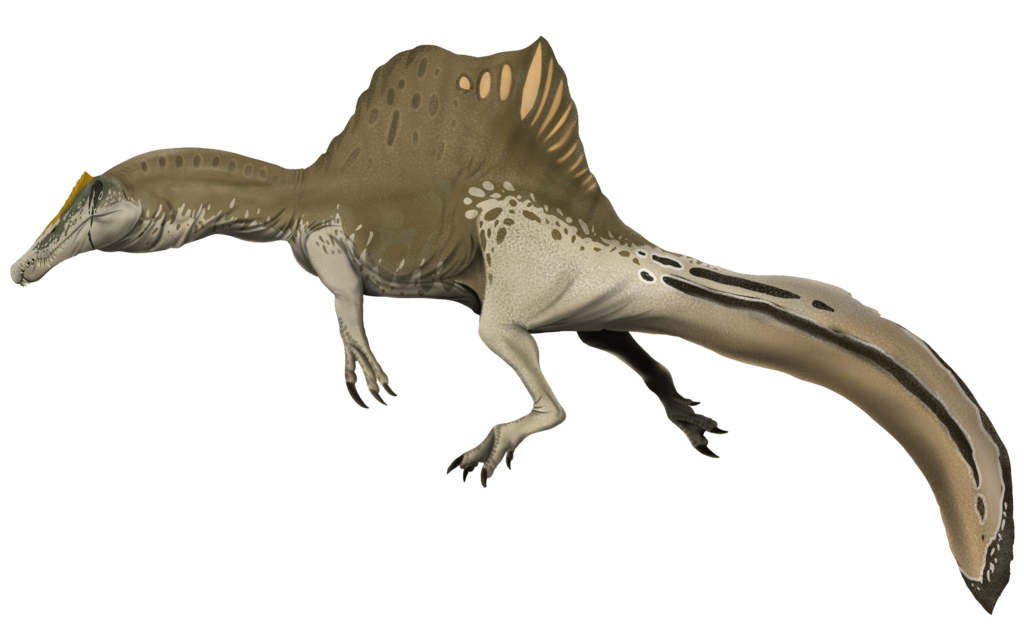
The ongoing debate about dinosaur metabolism significantly impacts theories about their sleep patterns. If dinosaurs were endothermic (warm-blooded) as growing evidence suggests for many species, their sleep requirements would differ substantially from ectothermic (cold-blooded) reptiles. Endothermic animals typically require more efficient sleep to conserve energy and support their higher metabolic demands. Recent research pointing to endothermy in many dinosaur lineages suggests they may have needed more structured sleep cycles than previously thought. Theropods and other active predatory dinosaurs show particularly strong evidence of warm-bloodedness, which would necessitate regular, restorative sleep periods to maintain their energy-intensive lifestyles. The varying degrees of endothermy across different dinosaur families would have created a spectrum of sleep needs, with more active, warm-blooded species requiring more defined rest periods compared to potentially less metabolically demanding species.
Unihemispheric Sleep Possibilities

Some researchers propose that certain dinosaur species may have utilized unihemispheric sleep—a fascinating adaptation seen in modern birds and marine mammals. This sleep method allows one brain hemisphere to rest while the other remains alert, enabling the animal to maintain vigilance against predators or continue essential functions like breathing while surfacing in marine mammals. Given the evolutionary connection between birds and theropod dinosaurs, it’s plausible that some dinosaur species possessed this capability. Brain case examinations of certain dinosaur species reveal neurological structures compatible with such specialized sleep functions. This adaptation would have been particularly advantageous for vulnerable species facing significant predation pressure or for apex predators needing to maintain territorial awareness. If present in dinosaurs, unihemispheric sleep would have represented a sophisticated neurological adaptation that foreshadowed the complex sleep behaviors seen in their avian descendants.
Circadian Rhythms in the Mesozoic Era
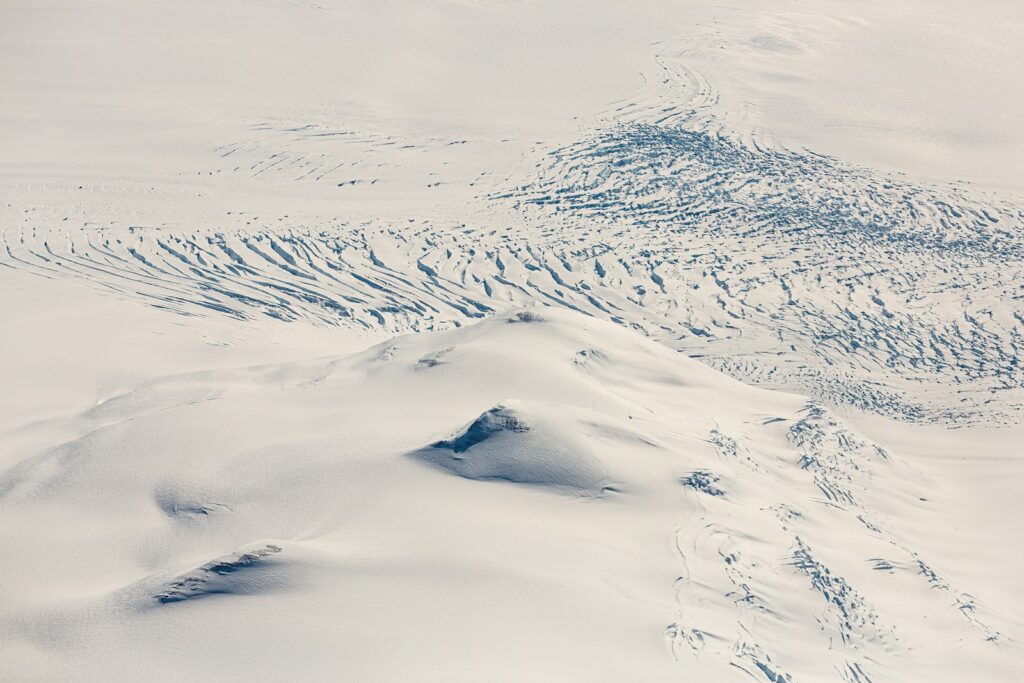
The Mesozoic environment would have shaped dinosaur circadian rhythms in ways that modern animals don’t experience. During this era, the Earth rotated faster, creating shorter days of approximately 22 hours rather than our current 24. Additionally, seasonal variations and day length would have influenced dinosaur activity patterns, potentially creating distinct behavioral adaptations in species living at different latitudes. Dinosaurs in polar regions, where extended periods of light or darkness occurred seasonally, would have developed specialized circadian adaptations compared to their equatorial counterparts. Evidence from bone growth rings suggests many dinosaur species showed seasonal patterns of activity and dormancy, indicating their biological rhythms responded to environmental cues. These circadian adaptations would have governed not just sleep-wake cycles but broader patterns of feeding, migration, and reproduction throughout the dinosaur kingdom.
Sleep Adaptations in Different Dinosaur Groups
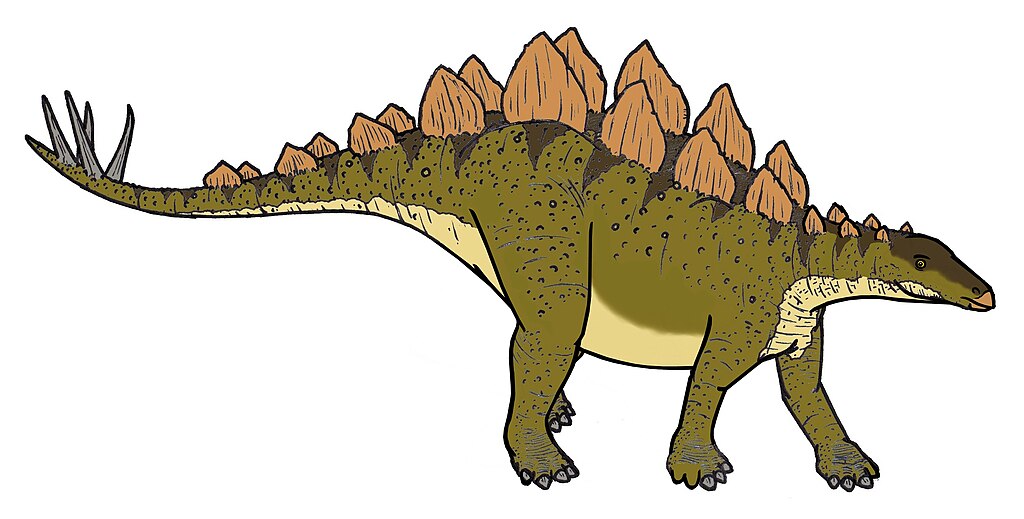
Various dinosaur lineages likely evolved distinct sleep strategies based on their ecological niches and evolutionary relationships. Ornithischians, like Triceratops and Stegosaurus, with their heavily armored bodies, may have slept differently than the more nimble theropods. Their defensive adaptations potentially allowed for more vulnerable sleeping positions since their armor provided protection even during rest. Sauropods, with their massive size, likely developed unique sleep patterns that balanced their enormous energy needs with vulnerability during rest periods. Some paleontologists suggest they may have slept standing up, similar to modern elephants and horses. Theropods show the clearest evidence for bird-like sleeping postures, with many smaller species likely resting with heads tucked under limbs for warmth conservation. These diverse sleep adaptations reflect the remarkable variety of body plans and lifestyles across dinosaur taxa, with each group evolving rest strategies suited to their specific ecological and physiological constraints.
The Impact of Predator-Prey Relationships on Sleep

Predator-prey dynamics likely played a crucial role in shaping dinosaur sleep behaviors and adaptations. Vulnerable herbivorous species would have developed sleep strategies that minimized predation risk, potentially sleeping in herds with sentinels remaining alert while others rested. Evidence of herding behavior in many herbivorous dinosaurs supports this theory of cooperative vigilance during vulnerable rest periods. Apex predators, while facing fewer threats, still needed to balance rest with maintaining territorial control and hunting opportunities. Some predatory dinosaurs may have utilized short, frequent rest periods rather than extended sleep, similar to patterns seen in modern large carnivores like lions. The constant evolutionary arms race between predator and prey species would have continuously refined sleep behaviors, driving the development of increasingly sophisticated rest strategies that balanced vulnerability during sleep with necessary physiological recovery.
Nesting Behavior and Sleep Connections
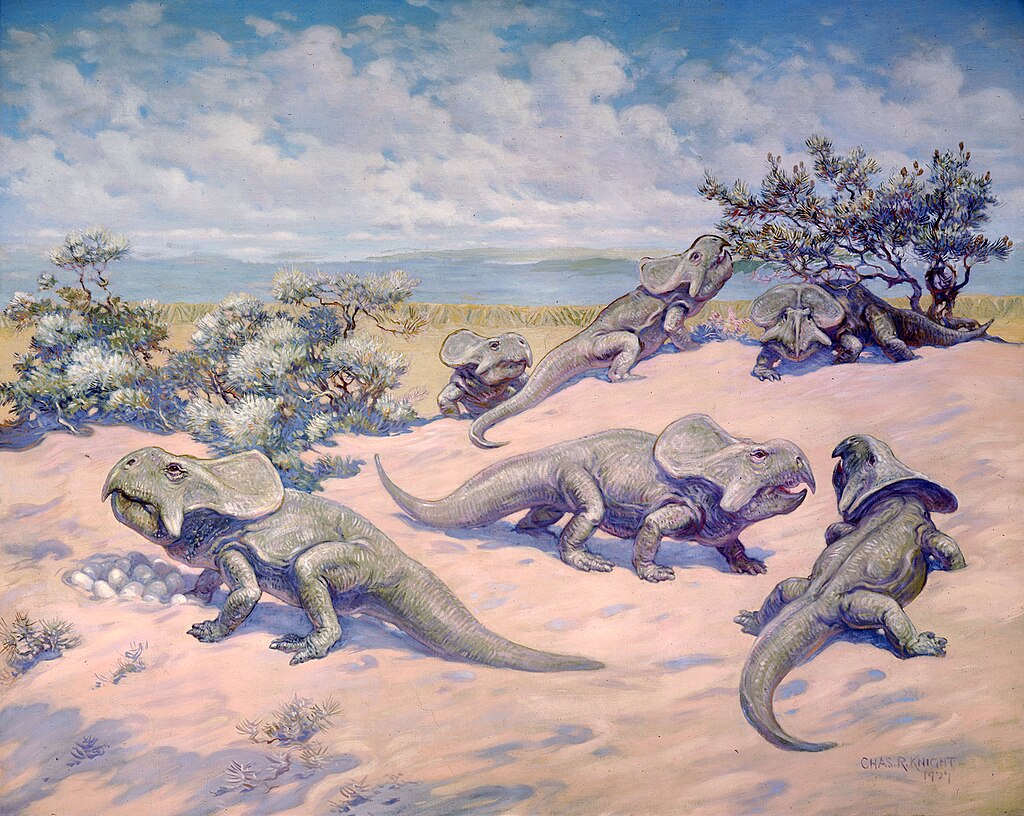
Fossil evidence of dinosaur nesting behaviors provides valuable insights into potential sleep patterns, particularly for breeding individuals. Remarkable fossils show adult dinosaurs positioned over clutches of eggs in protective postures, suggesting extended periods of stationary rest while incubating. The oviraptorid dinosaur “Big Mama,” discovered in a nesting position with its arms spread over eggs, demonstrates a bird-like brooding posture that likely involved periods of rest or sleep while maintaining egg protection. This behavioral connection between nesting and sleep hints at complex parental care involving vigilance during rest periods. The structured nesting grounds found for many dinosaur species, from sauropods to hadrosaurs, further suggest communal protection strategies that might have facilitated safer sleep for vulnerable juveniles and nesting adults. These nesting behaviors represent a fascinating intersection between reproductive strategies and sleep adaptations in dinosaur species across multiple families.
Sleep and Dinosaur Brain Structure

Analysis of fossilized brain cases provides crucial clues about dinosaur sleep neurology through a field called paleoneurology. CT scans of well-preserved dinosaur skulls reveal brain structure impressions that can be compared with modern animals to infer sleep-related neurological capabilities. The size and development of areas like the cerebrum and pineal gland—structures involved in sleep regulation in modern animals—offer insights into dinosaur sleep complexity. Theropod dinosaurs show particularly well-developed forebrains, suggesting more sophisticated sleep regulation similar to their avian descendants. Larger brain-to-body ratios in certain dinosaur species indicate greater cognitive capabilities that typically correlate with more complex sleep cycles in modern animals. These neurological findings support the theory that sleep cycles became increasingly sophisticated along the evolutionary pathway from early dinosaurs to modern birds, with various dinosaur groups representing different stages in this neurological progression.
Sleep During Environmental Catastrophes

The Mesozoic Era experienced several major environmental disruptions that would have dramatically affected dinosaur sleep patterns and adaptations. Following the Chicxulub asteroid impact that ultimately led to dinosaur extinction, dust clouds blocked sunlight for extended periods, disrupting normal day-night cycles that regulate circadian rhythms. Earlier events like massive volcanic eruptions during the Triassic-Jurassic boundary created similar environmental stresses. During these catastrophic periods, dinosaurs would have needed to adapt their sleep behaviors to survive in environments with limited food, altered temperature regimes, and disrupted light cycles. Species with more flexible sleep requirements and adaptable circadian rhythms would have possessed significant survival advantages during these environmental crises. These evolutionary pressures likely selected for dinosaurs with sleep adaptations that balanced energy conservation with the ability to remain active enough to secure limited resources, potentially driving the development of specialized sleep strategies in lineages that survived these extinction bottlenecks.
Modern Technology and Future Research Directions

Advancing technologies are revolutionizing our ability to study dinosaur sleep patterns with unprecedented detail and accuracy. CT scanning and digital reconstruction techniques now allow researchers to create detailed models of dinosaur brain cases, revealing neurological structures related to sleep regulation. Biomechanical modeling programs can simulate the physical constraints and optimal resting positions for different dinosaur body types, providing insights into potential sleeping postures even without direct fossil evidence. Comparative genomics between birds, crocodilians, and other reptiles is identifying sleep-related genes that likely existed in their dinosaur ancestors. Future research directions include more sophisticated analysis of growth lines in dinosaur bones to identify potential seasonal dormancy periods, advanced evolutionary modeling of sleep trait development, and applying machine learning to predict sleep behaviors based on comprehensive anatomical datasets. These technological advancements promise to continually refine our understanding of how these magnificent prehistoric creatures navigated the fundamental biological necessity of sleep.
Conclusion
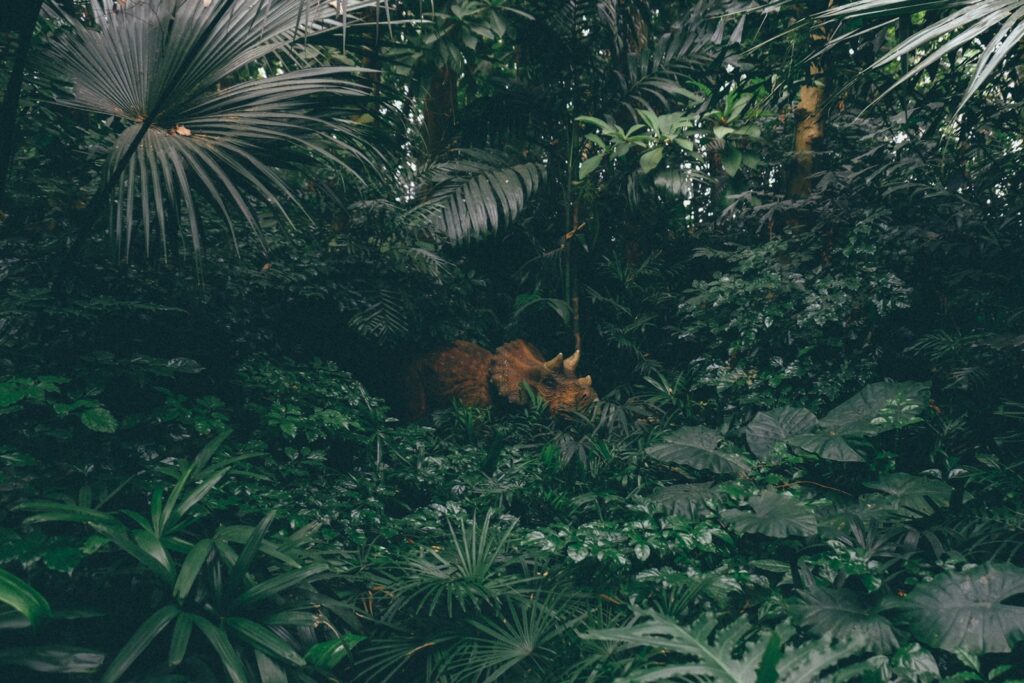
The study of dinosaur sleep patterns represents a fascinating frontier in paleontological research, combining fossil evidence, comparative biology, and evolutionary theory to reconstruct this invisible but essential aspect of prehistoric life. While definitive answers remain elusive, the convergence of multiple lines of evidence suggests dinosaurs exhibited diverse sleep adaptations reflecting their varied body sizes, ecological niches, and evolutionary relationships. As research techniques continue to advance, our understanding of dinosaur sleep will undoubtedly evolve, providing ever more detailed glimpses into how these remarkable creatures spent the quiet hours of their existence. This ongoing scientific journey reminds us that even the most fundamental aspects of dinosaur biology continue to yield new insights, connecting us to these ancient beings not just through their fossilized remains, but through the universal biological rhythms that govern all life.



